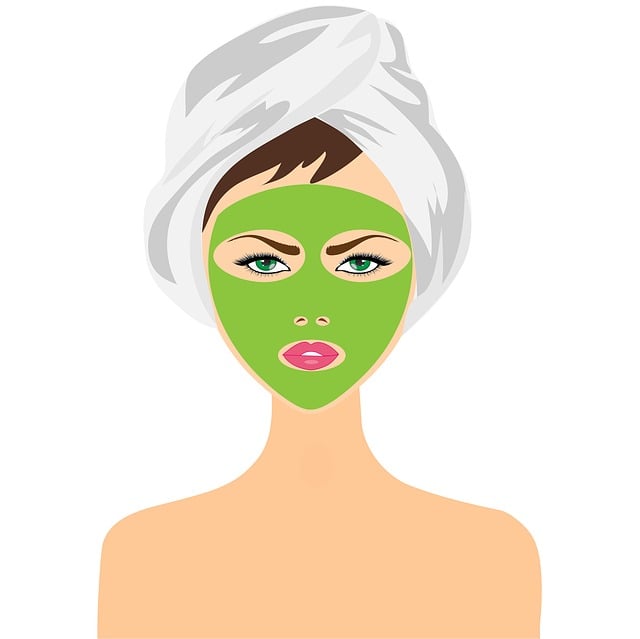Skin tags, caused by friction, are harmless growths that can be removed for aesthetic reasons. Understanding types like acral tags and tag-like moles is key to choosing removal methods. Vinegar, a natural exfoliant and antiseptic, is an effective Sheffield Tag Removal solution, offering antibacterial benefits and cell-dissolving properties while minimizing irritation when diluted properly. It provides a cost-effective, home-based alternative for those seeking to eliminate skin tags without medical procedures.
Looking for a natural way to remove skin tags? This comprehensive guide explores the effectiveness of vinegar in eliminating these common skin growths. We delve into the science behind its removal capabilities, offering a step-by-step process for safe and effective Sheffield tag removal at home. Discover potential benefits, understand risks, and learn crucial aftercare tips for successful and healthy results.
- Understanding Skin Tags: Causes and Types
- The Role of Vinegar in Skin Tag Removal
- A Step-by-Step Guide to Sheffield Tag Removal with Vinegar
- Potential Benefits, Risks, and Aftercare Tips
Understanding Skin Tags: Causes and Types
Skin tags, also known as acrochordons, are small, soft skin growths that typically appear in areas where skin rubs against itself, such as the neck, armpits, and groin. They are generally harmless and often go unnoticed, but some individuals may choose to remove them for aesthetic or comfort reasons. Understanding the causes and types of these tags is essential when considering removal methods, including Sheffield tag removal techniques.
The primary cause of skin tags is friction and irritation of the skin. They form when collagen and other proteins in the skin become exposed due to constant rubbing. This process leads to the growth of a small, soft bump. Skin tags can vary in size, from a few millimeters to over a centimeter, and they often have a stalk-like appearance. They are more common in certain areas of the body, with overweight individuals and those with active lifestyles frequently experiencing them. Different types include acral tags, which appear on non-sun-exposed skin, and tag-like moles, that may be pigmented or unpigmented. Recognizing these variations is crucial for determining the most suitable removal method, including local treatments like vinegar applications, or seeking professional Sheffield tag removal services.
The Role of Vinegar in Skin Tag Removal
Vinegar has long been a popular home remedy for various skin concerns, and its effectiveness in Sheffield tag removal is no exception. It plays a dual role in this process: acting as both an exfoliant and an antiseptic. When applied topically, vinegar helps to gently remove dead skin cells, which can be crucial in reducing the visibility of skin tags. Its acidic nature aids in peeling away layers of skin, exposing healthier tissue beneath.
Additionally, vinegar’s natural antibacterial properties make it an excellent choice for maintaining hygiene during the removal process. By killing bacteria on the skin’s surface, it reduces the risk of infection, a common concern with skin tag removal. This dual action of exfoliation and sanitation makes vinegar a simple yet potent tool in the quest for smoother, tag-free skin, offering an accessible solution for those seeking Sheffield tag removal without medical interventions.
A Step-by-Step Guide to Sheffield Tag Removal with Vinegar
To remove skin tags using vinegar, a popular at-home remedy, follow this simple step-by-step guide for effective Sheffield tag removal. First, prepare a mixture of equal parts apple cider vinegar and water in a small bowl. Soak a cotton ball in the solution and gently apply it to the skin tag, making sure to cover the entire area. Secure the cotton ball with a small bandage or tape to keep it in place. Repeat this process daily for up to a week, taking care not to irritate sensitive skin.
After soaking for 1-7 days, carefully remove the bandage and inspect the skin tag. If it has shrunk or fallen off, the vinegar treatment was successful. However, if the skin tag remains intact, you can try reapplying the vinegar mixture or consult a dermatologist for further assistance with Sheffield tag removal.
Potential Benefits, Risks, and Aftercare Tips
Potential Benefits:
Skin tags, those small, soft bumps that can appear anywhere on your body, often don’t pose a serious health risk, but many people find them unsightly and uncomfortable. Home remedies like vinegar offer a potential Sheffield tag removal solution, providing an affordable and accessible alternative to clinical procedures. Vinegar is known for its antibacterial properties, which could aid in preventing infection after removal attempts. Additionally, it’s a natural acid that may help dissolve the skin cells forming the tags, potentially simplifying the removal process.
Risks and Aftercare Tips:
However, using vinegar for skin tag removal isn’t without risks. It can cause irritation, especially if not diluted properly, leading to redness, itching, or stinging. Given its acidity, it’s crucial to dilute vinegar with water (typically a 50/50 ratio) before application to mitigate these side effects. Furthermore, while vinegar might help dissolve tags, it may not be as effective for larger or more firmly attached skin tags. In such cases, seeking professional removal methods, like cryotherapy or surgical excision, could be more suitable. After attempting vinegar removal, proper aftercare is essential. Keep the treated area clean and dry, avoid scratching, and consider using a gentle moisturizer to soothe the skin.
Skin tags can be a minor yet often bothersome concern, but with natural remedies like vinegar, safe and effective removal is achievable. The article has explored the understanding of skin tags, highlighting their causes and types, and establishing the role of vinegar in Sheffield tag removal. By following the step-by-step guide and adhering to potential benefits, risks, and aftercare tips, you can make informed decisions about this at-home treatment. Remember that while vinegar is a popular option, consulting a dermatologist for persistent or uncomfortable skin tags is always recommended.
